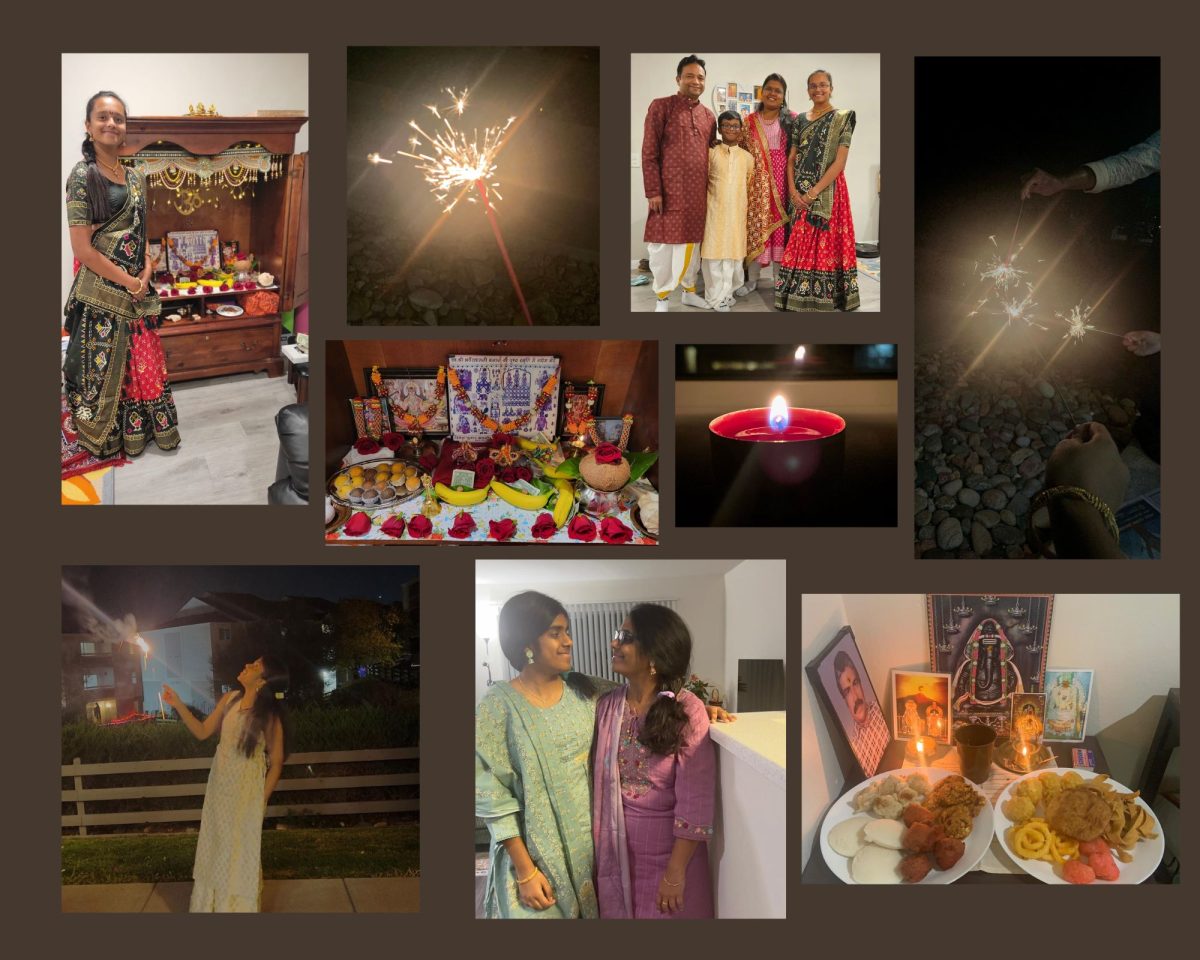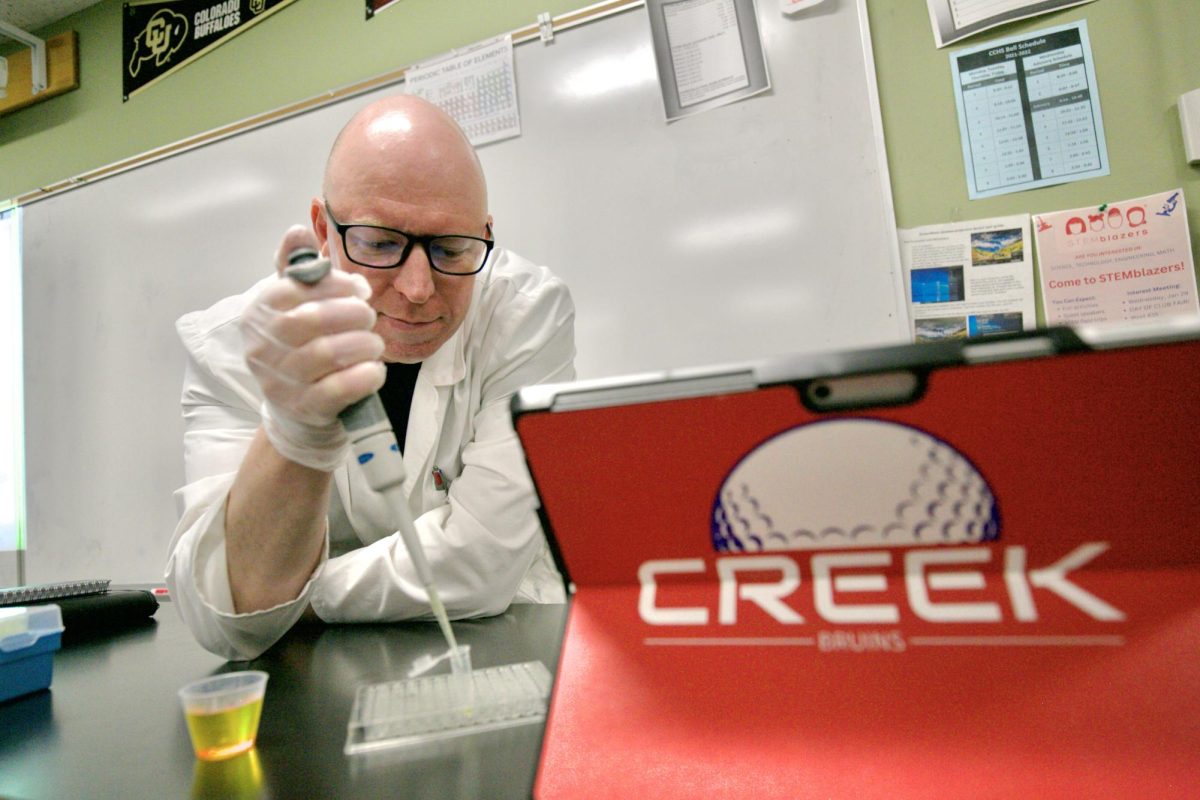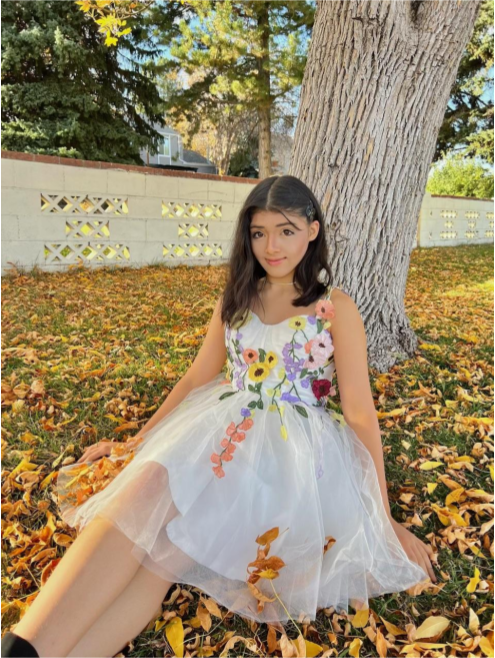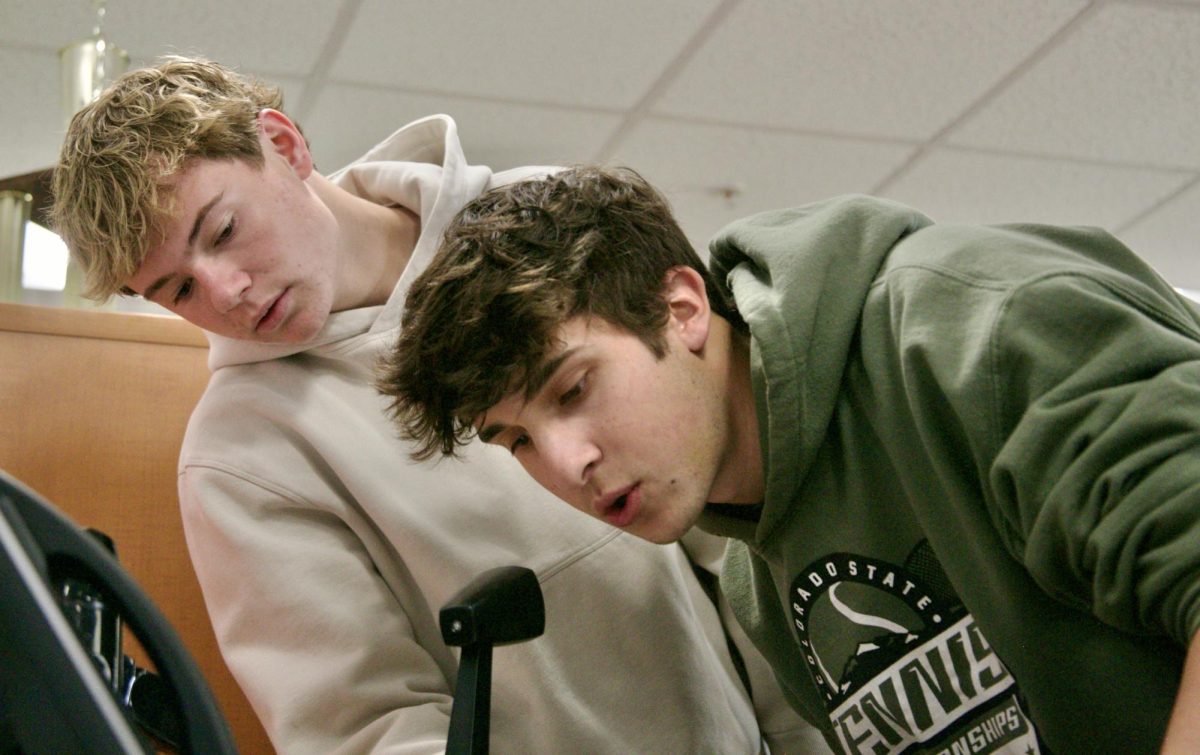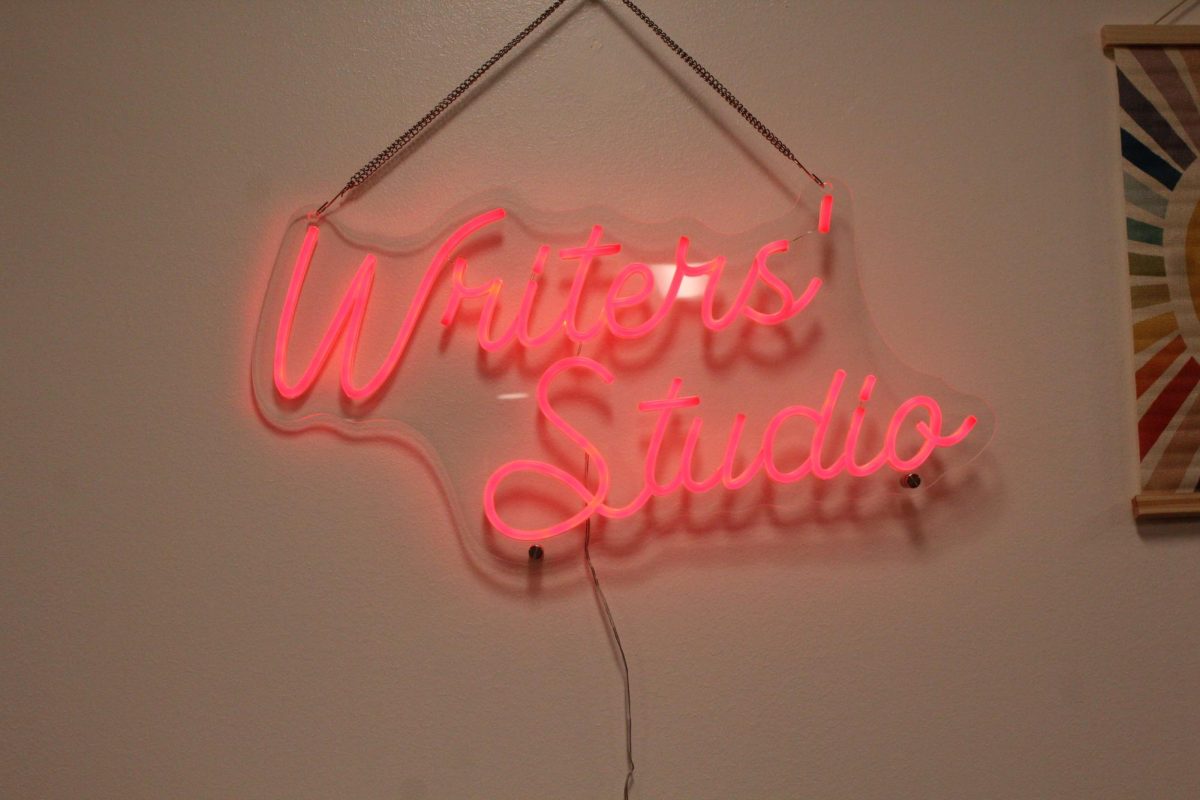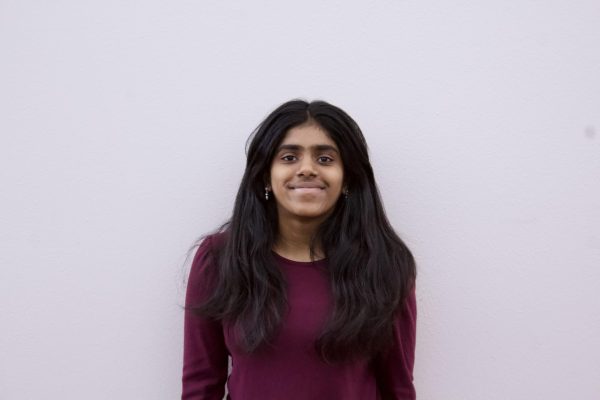While lots of students at Creek were out trick-or-treating on October 31, freshman Ananya Gupta was celebrating a major holiday in South Asian culture; Diwali. Gupta and many other students at Creek will be celebrating the festival of light. Deepavali, more commonly known as Diwali, is a religious holiday typically celebrated by Hindus, Sikhs, Jains, and Newar Buddhists.
“I look forward to it each year, and I love spending it with my family,” freshman Sunand Bhandaram said.
Bhandaram and his family go to Diwali parties with family friends. They light deepams, which are small ceramic candles, and celebrate with firecrackers and sparklers.
Gupta celebrates her Diwali over five days, Dhanteras, Choti Diwali, Diwali, Govardhan Pooja, and Bhai Dooj. Each day represents a different aspect of the festival and has specific rituals. Gupta makes a dish called Annakut Sabzi every year.
“Annakut is when you mix all the vegetables into a sabzi, or vegetable dish,” Gupta said. “Then you eat it with poori which is fried dough.”
While Diwali celebrations differ from family to family, regions in India have specific foods and traditions. In the southern regions of India, new clothes, gifts, and sweets are exchanged the day before Diwali. This is known as Naraka Chaturdasi. Food in the northern region includes burfis, which are soft bars made with milk, sugar and nuts. Laddoos are also a popular sweet all over India; they are spherical sweets made of nuts, flour, and milk. Some traditional foods in the South include murukku, and adhirasams. Murruku is a savory fried snack, and adhirasam is a flat sweet made of rice flour and jaggery.
Sophomore Shreya Solaskar spends her Diwali doing fun activities with her family. She decorates her house with light and rangoli. Rangoli are patterns made to decorate around diyas, which is another way to say deepam, with colored rice flour. Her family makes sweets together and light diyas.
“[Diwali] is a festival to celebrate my culture and spend time with my family,” Solaskar said.
Diwali is celebrated by Hindus with many different stories. Some celebrate as a remembrance of Prince Rama of Ayodhya returning home after a 12-year-long war, while others commemorate Diwali as the day when Lord Krishna defeated the demon Narakasura. It’s also seen as the worship of Lakshmi, the Hindu Goddess of Wealth.
The Sikhs celebrate a holiday known as Bandi Chhor Divas, remembering the release of Guru Hargobind, an important figure in Sikhism. Bandi Chhor Divas commonly overlaps with Diwali, or falls close to the date. This year it fell on November 1st, one day after Diwali.
The Newar Buddhists observe Diwali as a commemoration of the day when Hindu Emperor Ashoka, converted to Buddhism in the third century B.C. However, a lot of people who celebrate the holiday don’t see enough recognition for Diwali.
“It’d be great if more people understood its meaning and traditions,” Solaskar said.
Creek doesn’t have any official events for Diwali, and this year it landed on Halloween. This is due to the fact that the celebration follows the Hindu Lunar Calendar, which is usually around the months of October and November.
“If I told [someone] that I was celebrating Diwali, they would look at me confused,” Gupta said.
Students still celebrate the holiday with their families. Diwali portrays the idea that light always wins over dark, connecting to it being the festival of light. Rituals can vary in each household, but the value of light and purity is always the same.
“[Diwali] is one of those festivals that feel so special with all the lights, colors, and delicious food,” Solaskar said.

